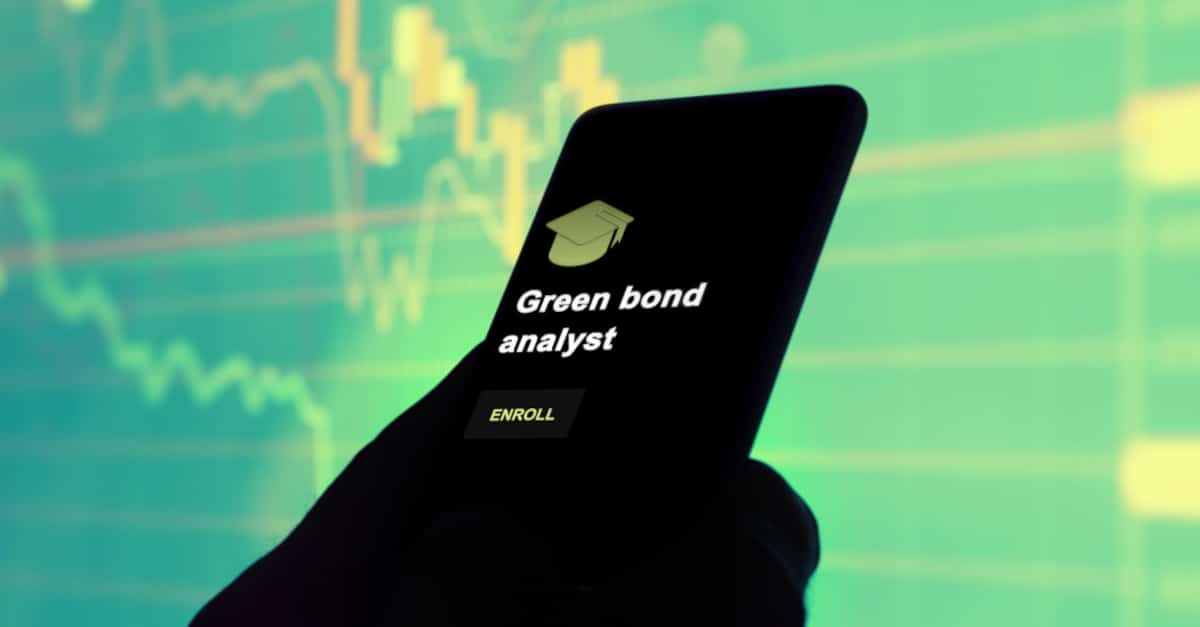There are many ways to deal with climate change, but they all need investments, via the climate bonds initiatives among others. Green bonds are a way for private companies and government agencies to get money to spend on climate and environmental projects.
Altoo Insights created the “What Are Green Bonds?” guide to help you better understand the nature of green bonds.
Investing in the Environment via Sustainable Bonds
“Green Bonds” are fixed-income securities that are used to finance activities or to reduce or prevent environmental and climate damage or improve energy efficiency.
These are often asset-backed securities (which have a fixed interest rate and are fully redeemable at maturity) or simple bonds. These securities are distinguished from other securities by the specific use of the funds for environmental issues.
Elevate Your Wealth Game: Empowering UHNWIs for Simplified Asset Management. Altoo Platform Preview
Many green bonds have been issued by companies investing in sustainable development. Some of them are directly linked to environmental or climate projects, others finance parts of several projects.
The financial risk is based on the credit rating or the debt instruments of the issuer rather than the green project itself. The market is responsible for the valuation of green bonds, including fundamental and technical factors. The attractiveness of the green bond issuer depends mainly on the transparency of its use of funds and not on a possible yield premium. The issuers of green bonds are usually companies. If they are issued by states, they are usually referred to as “green federal securities”.
Emergence and Development of Green Securities
The last ten years have seen a dynamic development in green bonds. After the World Bank issued the first green bonds in 2007, the annual volume of new green bonds rose to around 160 billion US dollars by 2017. Although this currently represents less than three per cent of the global bond market, forecasts predicted a volume of new green bonds of between 250 and 300 billion US dollars in 2018 and up to one trillion US dollars in 2020.
There are many reasons for the rapid growth of the green bond market. One of these reasons is the increasing focus of international organisations and investors on global warming since the climate conference in Paris in 2015. Since then, continuous growth has been observed. The current global peak in green bonds was reached in 2021 with an amount of USD 582 billion.
Current challenges of financing Sustainable Projects
There is no uniform definition of “green”. Various organisations are working towards standardisation in order to create more transparency and trust here. The Green Bond Principles (GBP) provide a voluntary standard for these bonds.
They offer categories and recommendations for the use of proceeds that can be followed, such as “renewable energy” or “climate change adaptation”, or “clean transportation”.
Annually, green bond issuers that commit to the GBP must disclose which projects the proceeds from the bonds have been invested in. Despite these attempts to bring some clarity to the definition of “green”, it is difficult to have certainty until definitions or legal guidelines are developed at the European or International level.
For more about bond issuance, please read overview of green bonds in Germany, France, Italy and Switzerland.









